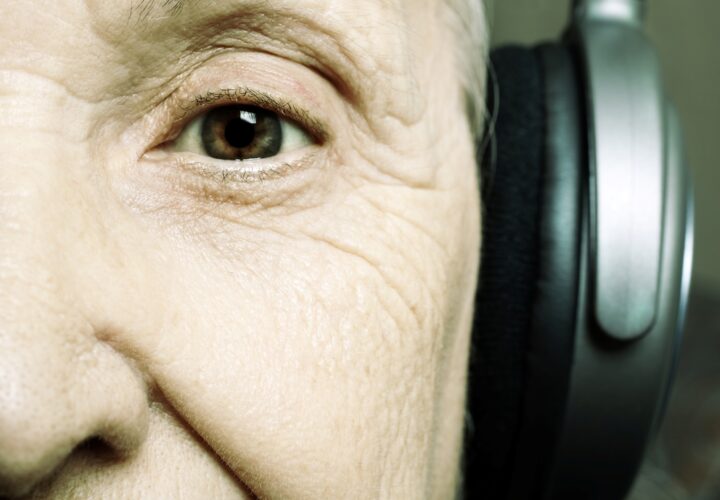While cleaning the house, walking the dog and gardening might sound like boring chores, a new study has found that these everyday activities have a hidden benefit for seniors: New research suggests that the more everyday activities older adults keep in their schedule, the more gray matter they have in their brains.
Gray matter makes up the outer layers of the brain that contain cell bodies of neurons and is involved in many essential processes—muscle control, sensory perception like seeing and hearing, memory, emotions, speech, decision making and self-control. In brain diseases like Alzheimer’s, scientists have observed that gray matter degenerates faster than other areas of the brain. The volume of gray matter in the brain is a good measure of brain health, but it often begins to shrink in early adulthood, long before symptoms of cognitive decline might show up.
“More gray matter is associated with better cognitive function, while decreases in gray matter are associated with Alzheimer’s disease and other related dementias,” said Shannon Halloway, Ph.D., the lead author of the study.
The study looked at 262 adults involved in Rush University’s Memory and Aging Project, assessing their levels of “lifestyle physcial activity”—things that involved getting up and moving around, but were not necessarily working out or going to the gym. The researchers used this measure because lifestyle-related activity is “more realistic for older adults” than getting to the gym, said Halloway.
“Accessibility becomes an issue as one ages,” Halloway said. “Transportation can be a problem. Gym settings can be intimidating for any individual, but especially so for older adults.”
The participants wore a device called an accelerometer that tracked their activity for seven to ten days. The average age of participants was 81.
Researchers found that a higher physical activity level was associated with more gray matter in the participants’ MRIs. The association held strong even after controlling for age, gender, education levels, body mass index and symptoms of depression, all of which have been shown to lead to lower levels of gray matter.
The bottom line? Get moving, whether it’s at a gym or just taking your dog for a walk.
“Our daily lifestyle physical activities are supportive of brain health, and adults of all ages should continue to try and increase lifestyle physical activity to gain these benefits,” said Halloway.
This study was published in the Journal of Gerontology: Psychological Sciences and Social Sciences.


